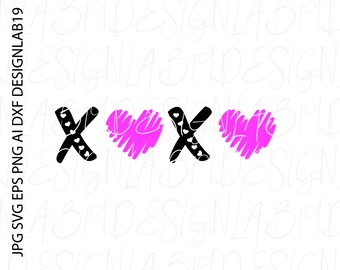
The blob’s hash is printed to standard output. Repository you wish to work with in each case as the second argument.ĭxf push-blob a file to the registry and optionally give it a name You can use the following options with dxf. DXF_TLSVERIFY - Optional path to custom CA bundle to use for TLS.DXF_SKIPTLSVERIFY - Set this to 1 to skip TLS certificate.
#Print dxf as pdf download

DXF_BLOB_INFO - Set this to 1 if you want pull-blob to.Set to any other value, a progress bar is only displayed if standard If this is set to 0, a progress bar is not displayed. DXF_PROGRESS - If this is set to 1, a progress bar isĭisplayed (on standard error) during push-blob and pull-blob.This host, overriding the value returned by the registry. DXF_AUTH_HOST - If set, always perform token authentication to.DXF_AUTHORIZATION - HTTP Authorization header value.DXF_USERNAME - Name of user to authenticate as.Registry using http rather than https (which is the default). DXF_INSECURE - Set this to 1 if you want to connect to the.DXF_HOST - Host where Docker registry is running.The dxf command-line tool uses the following environment variables: get_alias ( 'may15-readings' ) = for chunk in dxf. set_alias ( 'may15-readings', dgst ) assert dxf. authenticate ( 'fred', 'somepassword', response = response ) dxf = DXF ( '', 'fred/datalogger', auth ) dgst = dxf. Module example: from dxf import DXF def auth ( dxf, response ): dxf.

Please note that dxf does not generate Docker containerĬonfiguration, so you won’t be able to docker pull data you storeĬommand-line example: dxf push-blob fred/datalogger logger.dat pull-blob fred/datalogger is the same as: dxf set-alias fred/datalogger may15-readings $(dxf push-blob fred/datalogger logger.dat )ĭxf pull-blob fred/datalogger $(dxf get-alias fred/datalogger may15-readings )


 0 kommentar(er)
0 kommentar(er)
